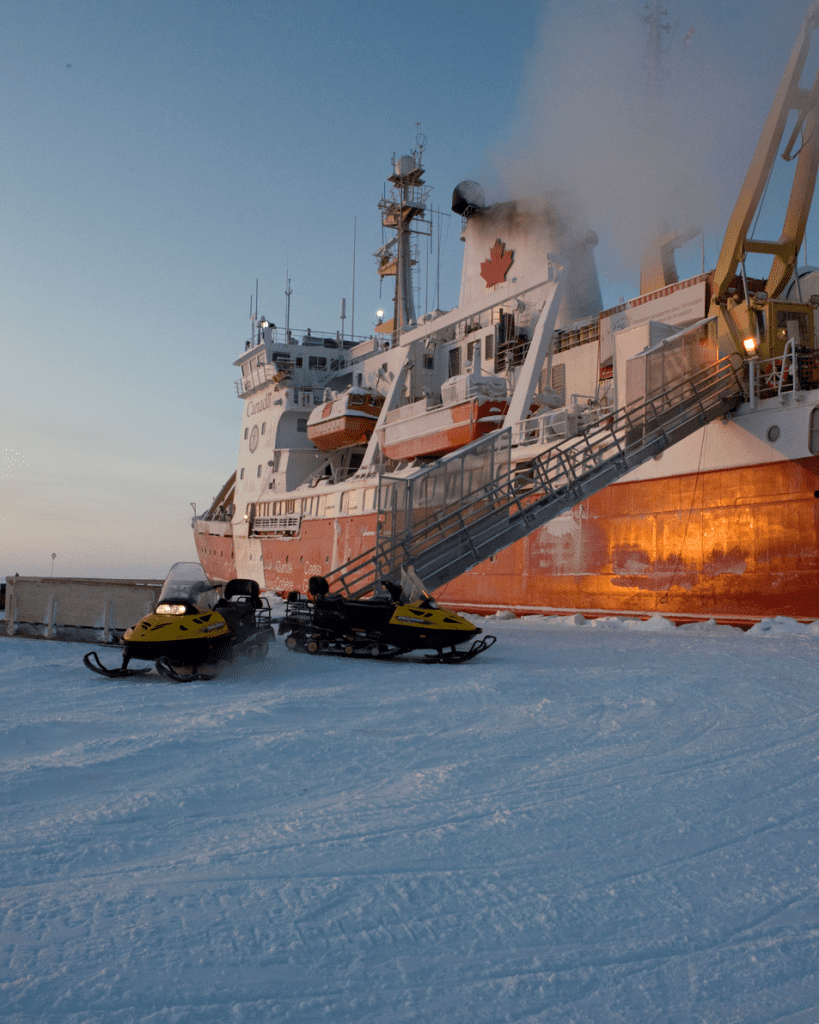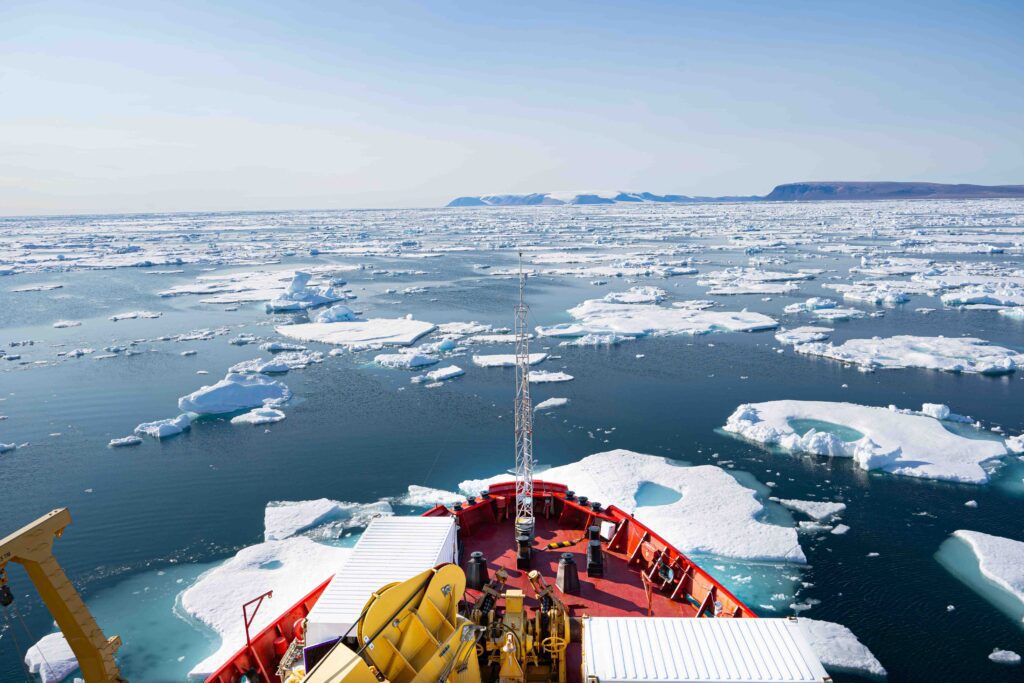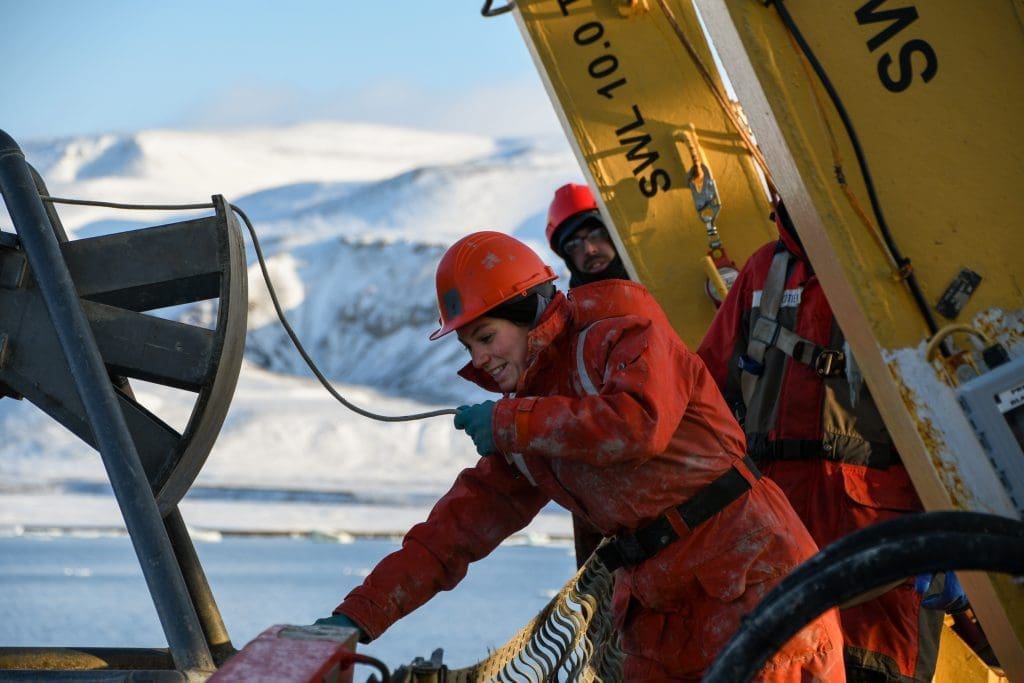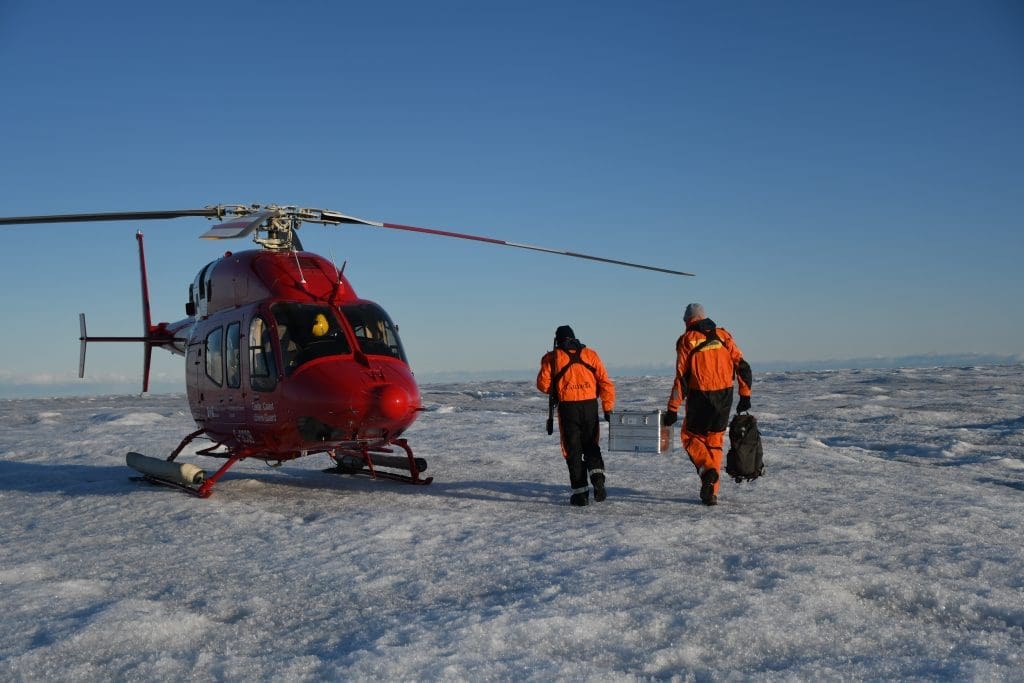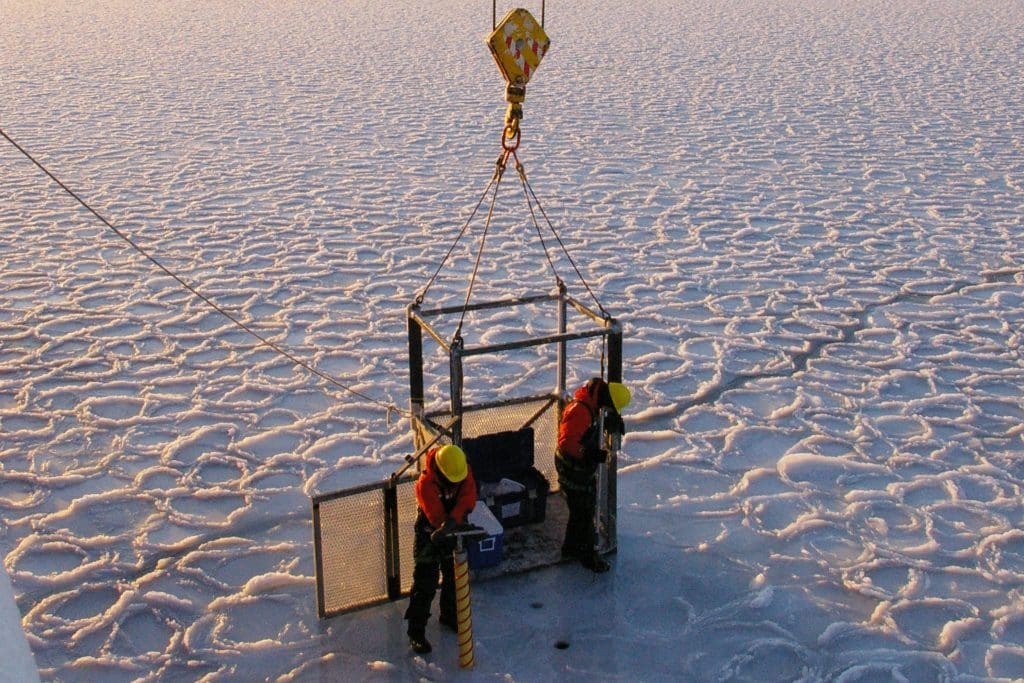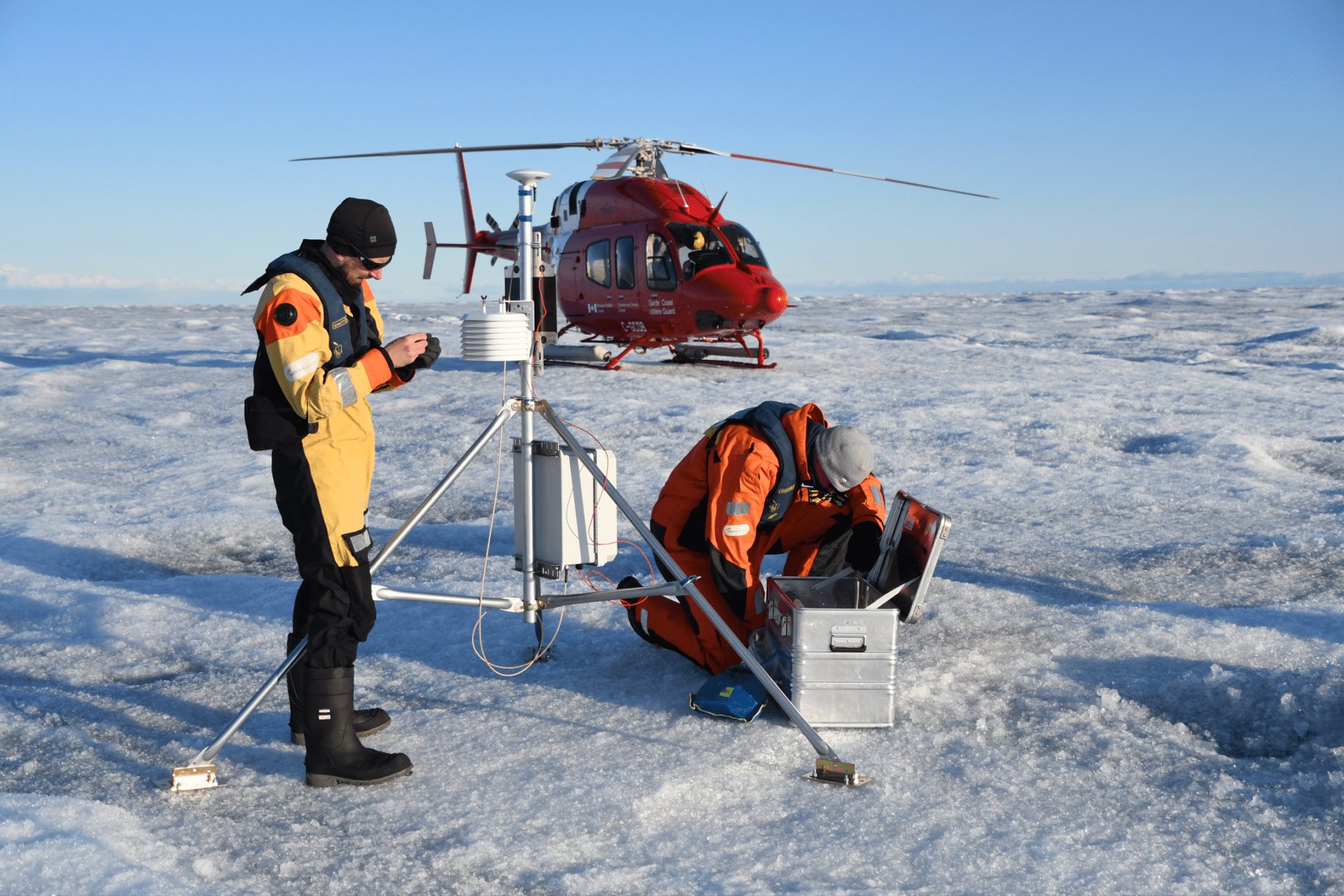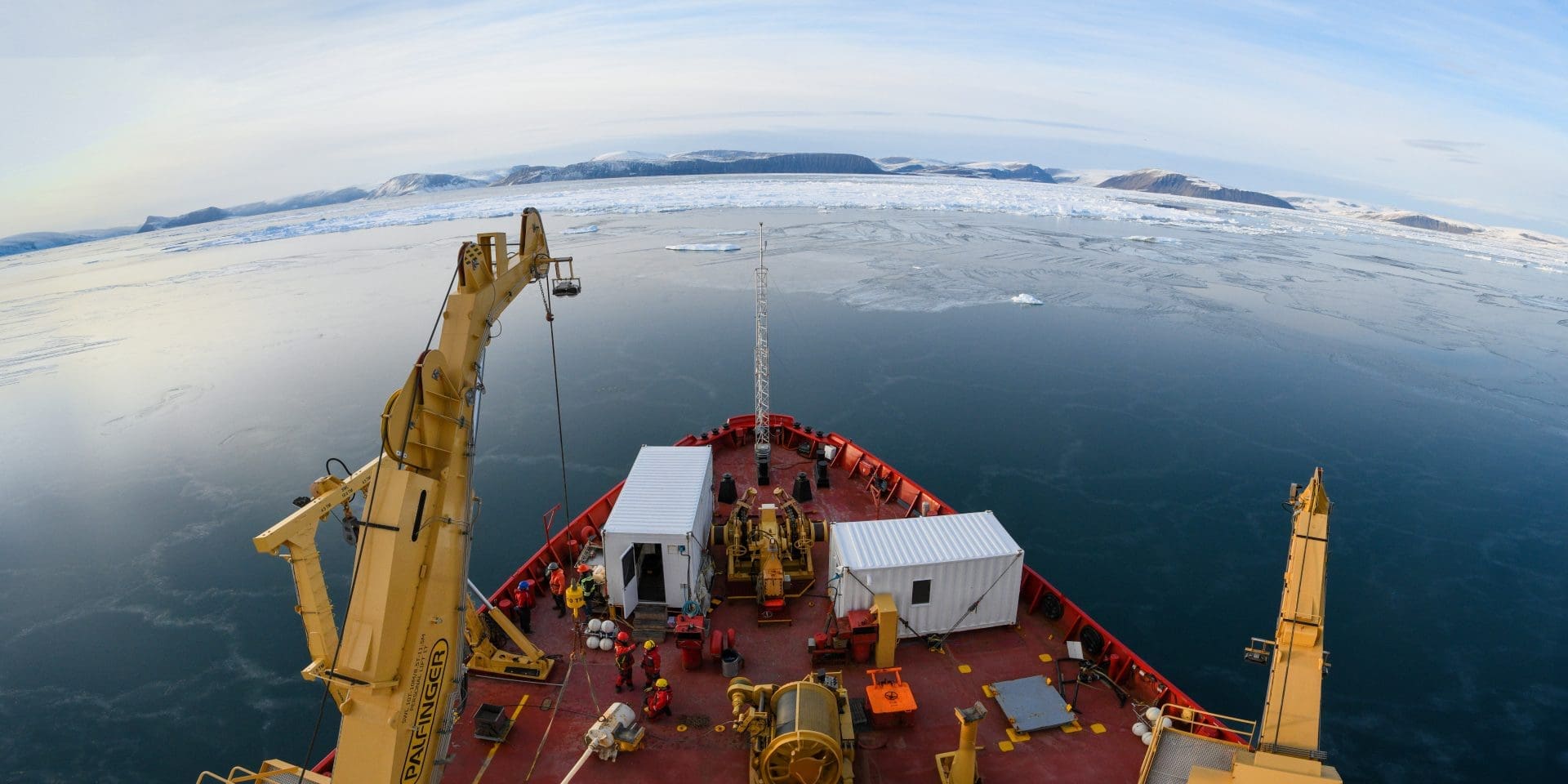
Discover the expeditions
The Amundsen brought new life to Canadian Arctic science by providing Canadian researchers and their international collaborators unprecedented access to the Arctic Ocean. The ship’s annual maintenance and oceanographic research instruments acquired over the years make it a versatile platform for oceanographers, climatologists, marine geologists, and epidemiologists and health professionals studying northern communities.
Since 2003, the annual Amundsen Expeditions represent more than:
- 2,500 days at sea;
- 250,000 nautical miles, or about 12 times the Earth’s circumference;
- 1,800 expedition participants;
- 20 different countries involved and all Canadian provinces and territories;
- 45 scientific programs;
- 1,400 peer-reviewed scientific publications;
- 2,500 oral presentations and scientific posters;
- 400 datasets.
Will you be boarding the CCGS Amundsen next year ?
Every year, the CCGS Amundsen welcomes more than 100 scientists on board to conduct research in the Canadian Arctic.
Scientific participation
To participate in the Annual Amundsen Expedition, each participant must be associated with a research program whose application for ship time has been accepted. If your participation is confirmed, make sure to be well prepared !
Media participation
Amundsen Science is open to proposals from media professionals in the film, television, writing, and visual arts fields, who are interested in exploring and presenting the organization’s dynamic Arctic research achievements.
Discover our previous expeditions
Find out more about the scientific operations onboard the CCGS Amundsen and its routes taken since 2005 .
